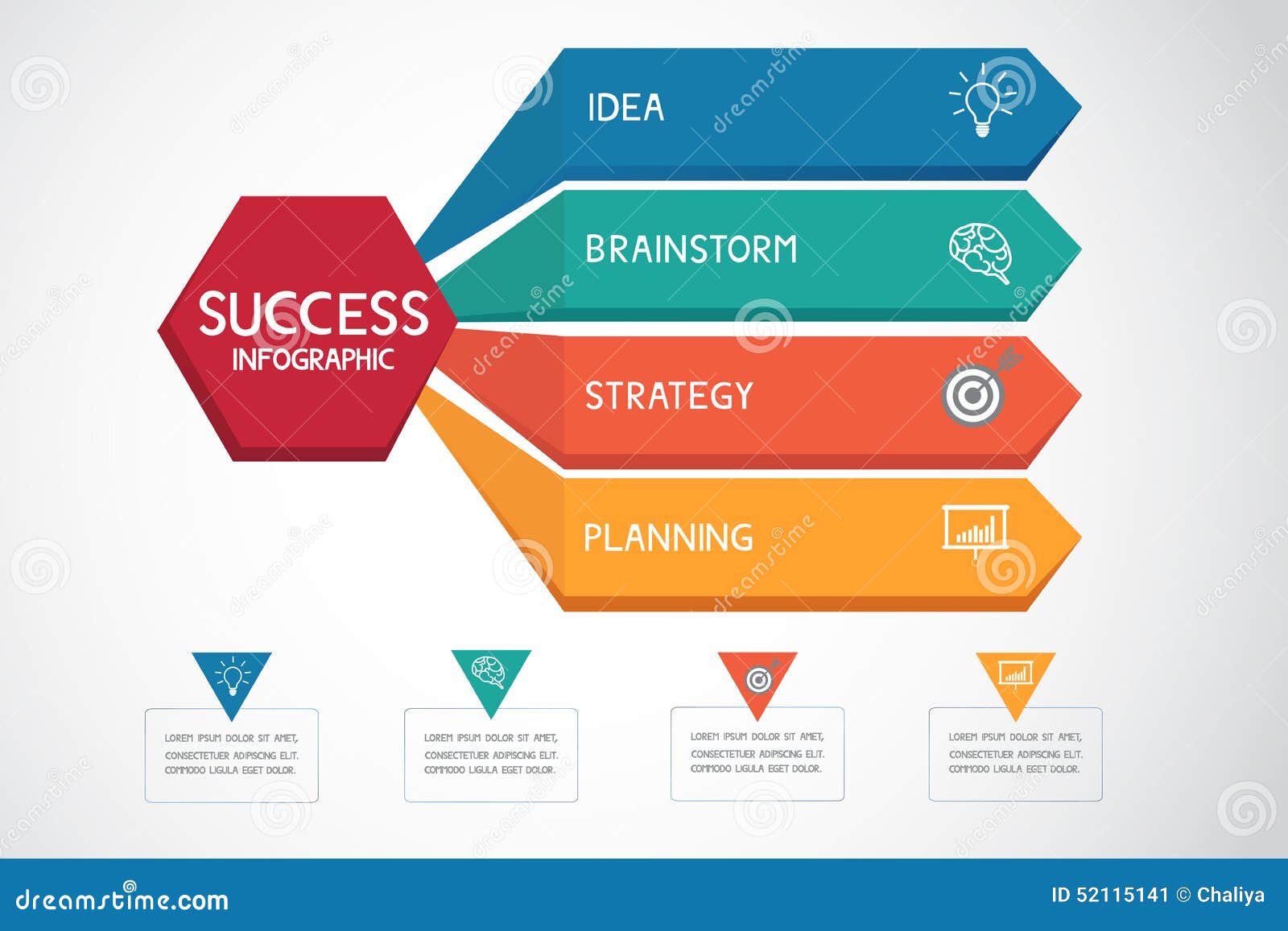Basic Facets Of Web Design: Standards For Developing A User-Centric Website
Basic Facets Of Web Design: Standards For Developing A User-Centric Website
Blog Article
Authored By-Hovmand Thorpe
When it involves website layout, guaranteeing user-friendliness is crucial. From responsive design to structured navigation, every element plays a critical role in developing a website that satisfies your target market's needs. However what regarding the better details that can make or break an individual's surfing experience? Remain tuned as we uncover some often-overlooked ideas that can boost your web site's functionality to the following degree, making it genuinely stand out in the digital landscape.
Importance of Responsive Design
Responsive design is an important facet of contemporary site growth. Guaranteeing your site is receptive ways that it can adjust to different display dimensions and devices, supplying a seamless experience for customers.
With the enhancing use of smart devices and tablets to access the internet, having a receptive style is vital for getting to a larger target market. It helps in boosting individual experience by making your site very easy to navigate and read on any kind of gadget.
Additionally, receptive design can positively affect your online search engine rankings, as search engines like Google focus on mobile-friendly websites. By having a responsive design, you're likewise future-proofing your website, as new gadgets with differing display sizes continue to emerge.
Simplify Navigation Framework
To boost user experience and promote simple accessibility to info on your site, enhancing the navigating framework is extremely important. When developing your site, focus on creating a clear and instinctive navigating menu that helps visitors discover what they're seeking promptly.
Limitation the number of food selection products to the fundamentals, organizing associated web pages together to prevent overwhelming users. Use detailed labels that clearly show the web content of each web page, making it less complicated for customers to comprehend where each link will take them.
Take into consideration applying dropdown menus for subcategories to prevent jumbling the major navigation bar. In addition, consist of a search bar plainly on the web page for individuals that prefer looking for specific info.
Prioritize mobile responsiveness in your navigation design to make sure very easy accessibility on all gadgets.
Maximize Web Page Lots Speed
Improving web page lots speed is vital for preserving site visitors on your web site. Slow-loading ada compliance for website accessibility annoy individuals and can cause high bounce prices. To maximize try this out , beginning by maximizing images. Compress pictures without jeopardizing top quality to minimize their documents sizes.
Additionally, enable web browser caching to save often accessed resources locally, speeding up lots times for returning visitors. Minify CSS, JavaScript, and HTML files by eliminating unneeded personalities, comments, and formatting, enhancing tons speed.
Consider utilizing a web content shipment network (CDN) to distribute your web site's content throughout several servers worldwide, lowering latency for customers accessing your site from different areas. Finally, restrict making use of third-party scripts and plugins, as they can considerably influence load times.
Verdict
To conclude, by incorporating responsive design, simplifying navigating, and optimizing web page tons rate, you can produce an easy to use internet site that interest a bigger audience and enhances individual experience. These essential elements guarantee that visitors can easily gain access to and browse your website across various devices, bring about enhanced involvement and satisfaction. By concentrating on these vital elements, you can develop a successful website that keeps customers returning for more.
